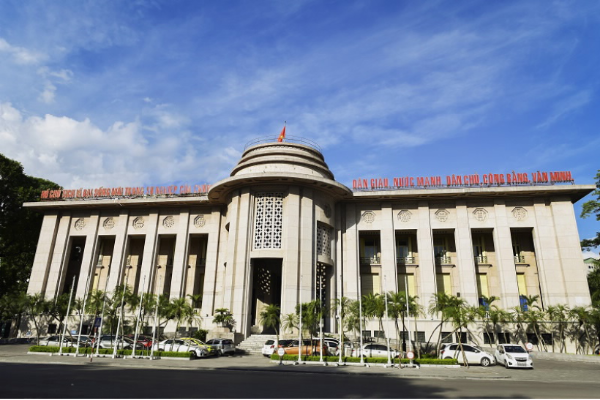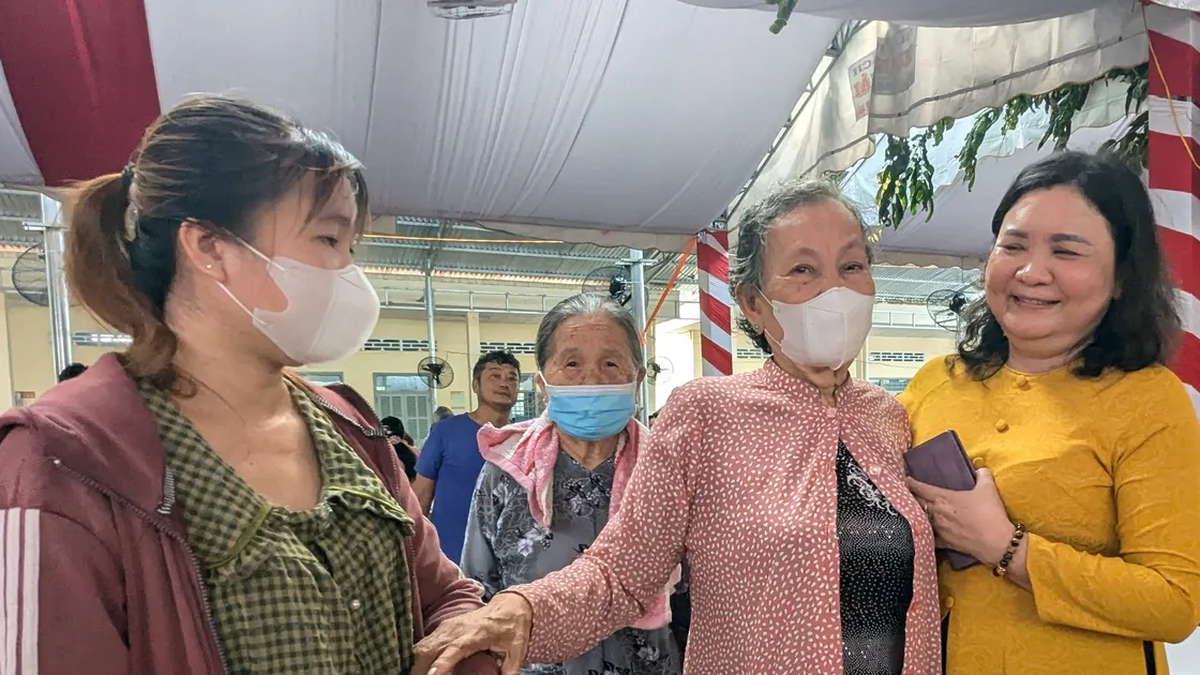On the afternoon of June 5, the National Assembly discussed in groups the draft Law on Credit Institutions (amended). The issue of cross-ownership was of interest to the delegates and they expressed their opinions.
Delegate Ha Sy Dong, Permanent Vice Chairman of the People's Committee of Quang Tri province, commented that the handling of weak credit institutions was slow and did not achieve the expected goals.
For example, the Saigon Commercial Bank (SCB) incident, which broke out last October, is a serious but inevitable consequence of the problem.
According to delegate Ha Sy Dong, cross-ownership in the banking system always poses systemic risks, as it increases some major risks. For example, the risk of increasing virtual capital through borrowing for investment, contributing capital to each other (directly or indirectly through subsidiaries/grandchildren).

This causes the capital of the whole system to not increase in real but only increase on the books, leading to consequences that distort bank management as well as risk assessment, provisioning or supervision of financial activities.
According to the National Assembly member of Quang Tri province, the current law has specific regulations on lending to bank shareholders and on prohibited lending cases. However, when supervision is not strict, owners can control the flow of money into their "backyard" projects.
“Due to the complex network of ownership relationships between banks, when risks arise, it is easy for a domino effect to occur, not only in banking activities,” warned delegate Ha Sy Dong.
Therefore, the Vice Chairman of Quang Tri province suggested that it is necessary to synchronously review the legal system to tighten and limit large-scale incidents that cause serious losses to the financial system, especially after the recent SCB - Van Thinh Phat incident.
To limit cross-ownership, the draft law adjusts the share ownership ratio of individual shareholders, institutional shareholders, shareholders and related persons of those shareholders from not exceeding 5%, 15%, 20% down to 3%, 10% and 15%, respectively.
But according to Mr. Dong, this regulation can still be invalidated. Because to circumvent the above regulations, shareholders who own less than 5% of the charter capital authorize individuals and organizations unrelated to them to invest more in that bank.
Therefore, Mr. Dong said that it is necessary to clarify the basis for the proposed reduction rate to 3%, as well as to include a suitable roadmap for existing shareholders to divest capital.
In addition, it is necessary to study and expand the scope of information disclosure to all shareholders who are organizations, individuals and related groups owning 1% or more of the charter capital of a credit institution, to increase transparency in ownership and ensure safety for the operations of the credit institution.
Delegate Nguyen Hai Nam (Thua Thien Hue ) also cited the case of SCB bank, which had to use support resources to overcome difficulties and ensure the banking system.

According to Mr. Nam, banks are special enterprises that must meet modern, public, and transparent management requirements. However, the draft law stipulates a reduction in the ownership ratio of major shareholders from 5% to 3%, reducing the number of major shareholders controlling banking operations. However, a person who owns a small percentage of a bank's capital can receive a series of authorizations from other shareholders.
Therefore, Mr. Nam said that there should be regulations to overcome this situation more thoroughly.
Delegate Nam also mentioned the cross-ownership between banks and financial companies. In reality, there is a phenomenon of circumventing the law on ownership ratios and credit limits for certain businesses or sectors through “capital over the wall”, from bank A to bank B or financial company A to financial company B.
"Are the provisions of the law enough to overcome the situation of cross-ownership?", a delegate from Thua Thien Hue province asked.
According to delegates, cross-ownership in banks is an obstacle to fair and equitable competition and healthy development of the banking system, so more fundamental measures are needed.

Source































![[Photo] Signing of cooperation between ministries, branches and localities of Vietnam and Senegal](https://vphoto.vietnam.vn/thumb/1200x675/vietnam/resource/IMAGE/2025/7/24/6147c654b0ae4f2793188e982e272651)




































































Comment (0)